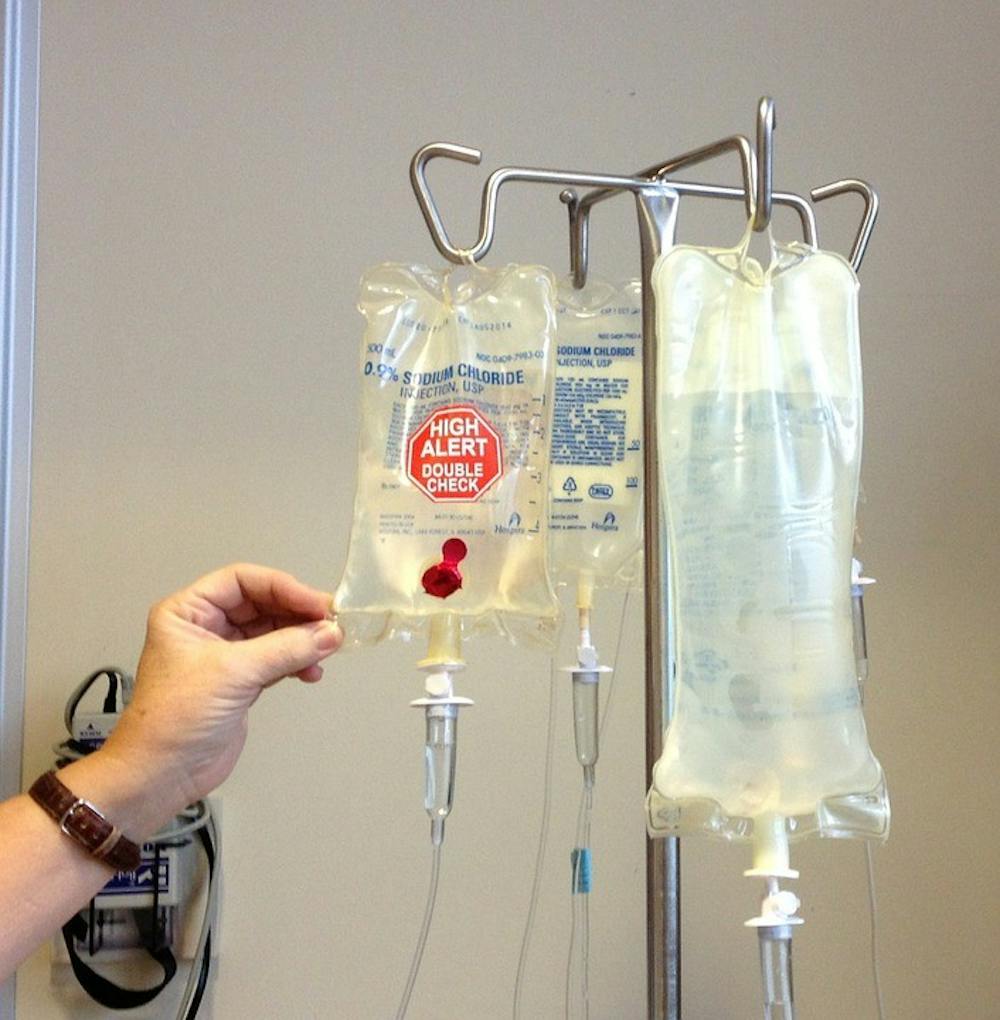Kidney cancer is among the 10 most common cancers in both men and women. In adults, renal cell carcinoma is the most common type of kidney cancer. The American Cancer Society predicts that there will be 65,340 new diagnoses and 14,970 deaths due to renal cell carcinoma in 2018. A novel treatment has been developed that may be able to reverse drug resistance in renal cell carcinoma, using nanotherapy in combination with chemotherapeutic drugs.
Researchers at Wayne State University identified drug resistance to chemotherapy as a significant problem in treatment of renal cell carcinoma and other types of cancers. The team was led by Arun Iyer, assistant professor of Pharmaceutical Sciences in the Eugene Applebaum College of Pharmacy and Health Sciences at Wayne State University.
Drug resistance to chemotherapy is extremely burdensome in terms of treatment and cost to both patients and hospitals fighting renal cell carcinoma and other cancers. Resistance is problematic because it makes certain drugs ineffective at treating the targeted ailment. When a patient is treated with a drug they are resistant to, the treatment is either partially or completely ineffective, but the patient still has to pay for that treatment, and a hospital has to use resources with no benefit.
Hypoxia, which is a decreased level of oxygen in tumor cells, can cause resistance and an increase of tumor-promoting immune cells that support tumor growth rather than fight it. Hypoxia occurs in many tumors and can be the cause of resistance to cancer-treating therapies. Some drugs and radiation require oxygen to generate free radicals, which contribute to cytotoxicity. Cytotoxicity is the state of being toxic to cells, and this quality allows for drugs to kill tumor cells. Hypoxia means there may not be enough oxygen in the tumor cells for the drugs to be effective, making them essentially resistant to the treatment.
Additionally, hypoxia can contribute to drug resistance if it allows cells to more effectively detoxify the drug molecules. There is evidence that hypoxia can enhance genetic instability in tumor cells, thus allowing more rapid development of drug resistance in cells. Genetic instability refers to an increased occurrence of mutations within the genome and indicates the high tendency of tumor cells to acquire new mutations each time they divide. This could contribute to resistance as an increased number of mutations means an increased probability that a mutation confers resistance against a chemotherapeutic drug.
Some patients are inherently resistant, but nearly all patients with renal cell carcinoma eventually develop resistance to treatment. As chemotherapeutic drugs are the main treatment for patients who have stage three or four kidney cancer, resistance leaves these patients with few options.
Samaresh Sau, a research associate in the Department of Pharmaceutical Sciences in the Eugene Applebaum College of Pharmacy and Health Sciences who was a co-investigator and lead author of the study, pursued nanoparticles that specifically target hypoxic cells as a method of combating the problem at its source.
In their paper, to be published in the November 2018 edition of Biomaterials, the authors highlight benefits of their treatment, including a significant reduction in tumor growth in comparison to chemotherapy alone, and no signs of harmful effects on the mice.
Iyer asserted that the nanoparticles used in this treatment deliver the chemotherapy directly into the tumors, so the radiation can stop tumor growth while having relatively little effect on non-cancerous cells. This could lead to increased safety of chemotherapy as only the tumor would be affected by the toxic drugs, leaving other cells unharmed.
Sau also explained how the nanoplatform can diagnose renal tumors non-invasively and with precision, which would allow the technology to also be used for tumor detection, staging and surgery.
In addition to reversing drug-resistance and supporting the immune system to function properly, their technology could reduce costs by repurposing existing chemotherapeutic drugs to work better while also reducing the side effects of chemotherapy treatment, due to its targeted approach. The new technology has the potential to work for other cancers that have been difficult to treat or have become drug-resistant to current therapies.
Wayne State University’s Office of Technology Commercialization has filed an application for patent protection. Although the technology has currently only been tested on mice, Iyer and Sau hope this technology can be put to use in a clinical setting soon.





